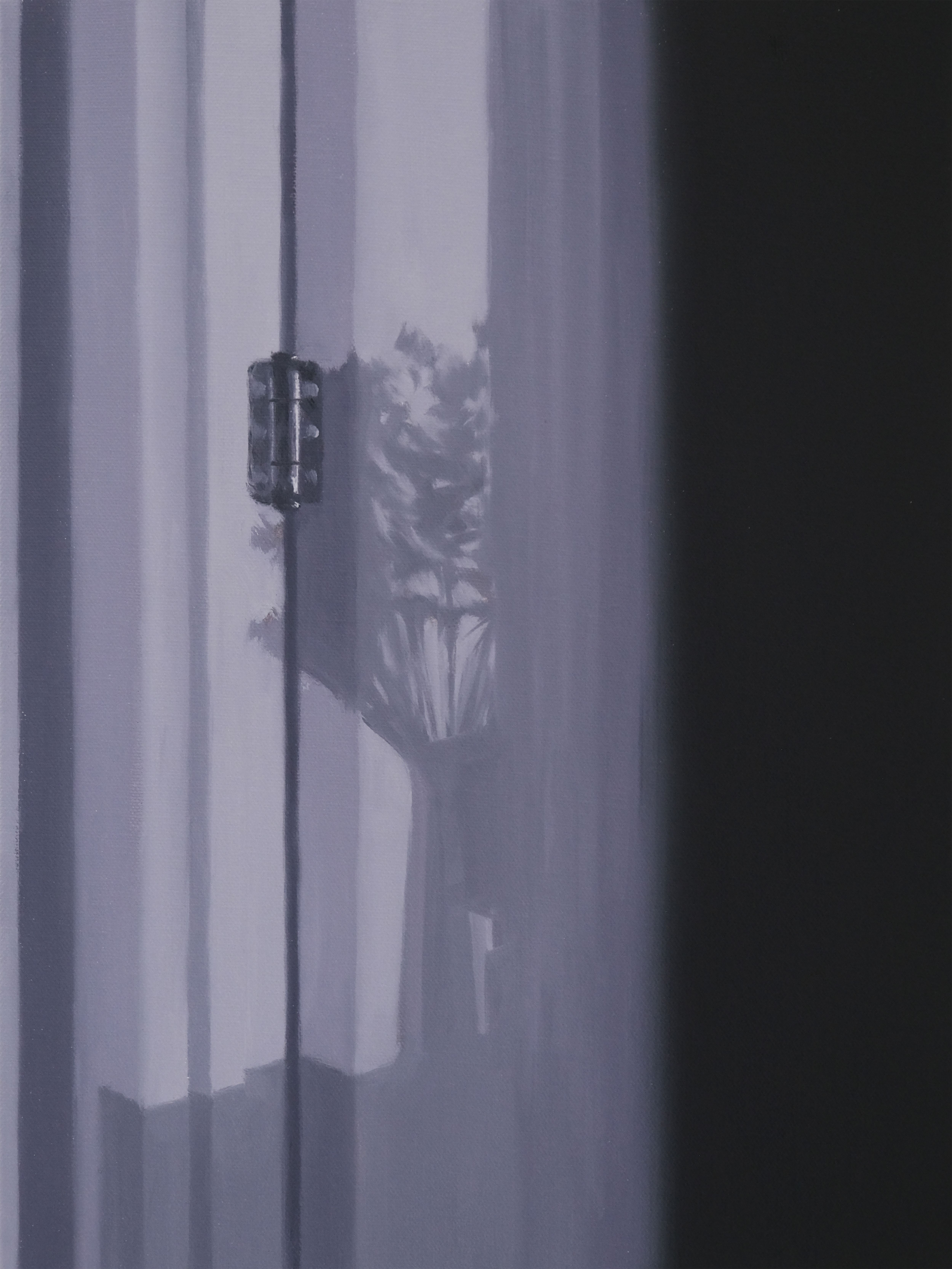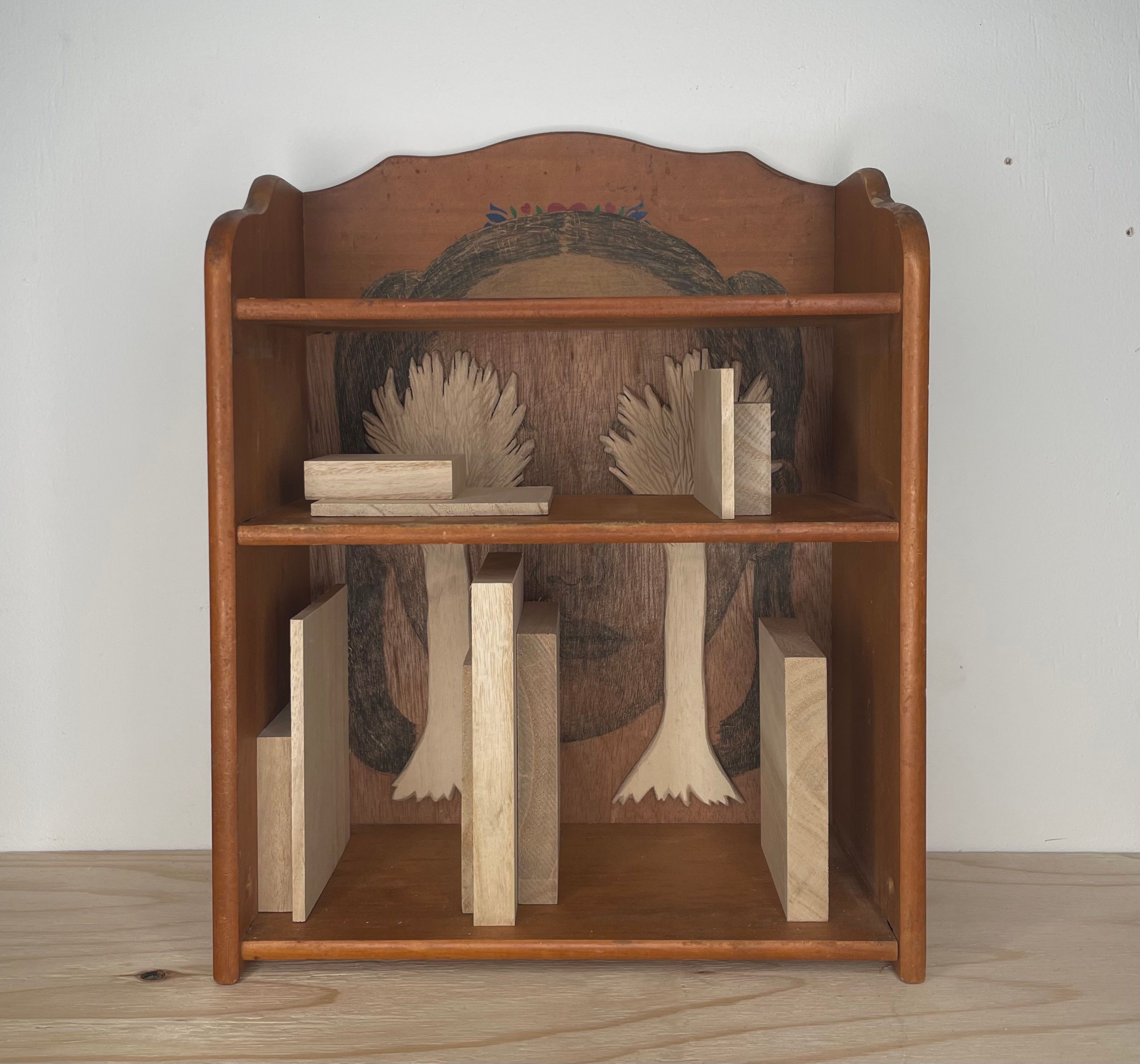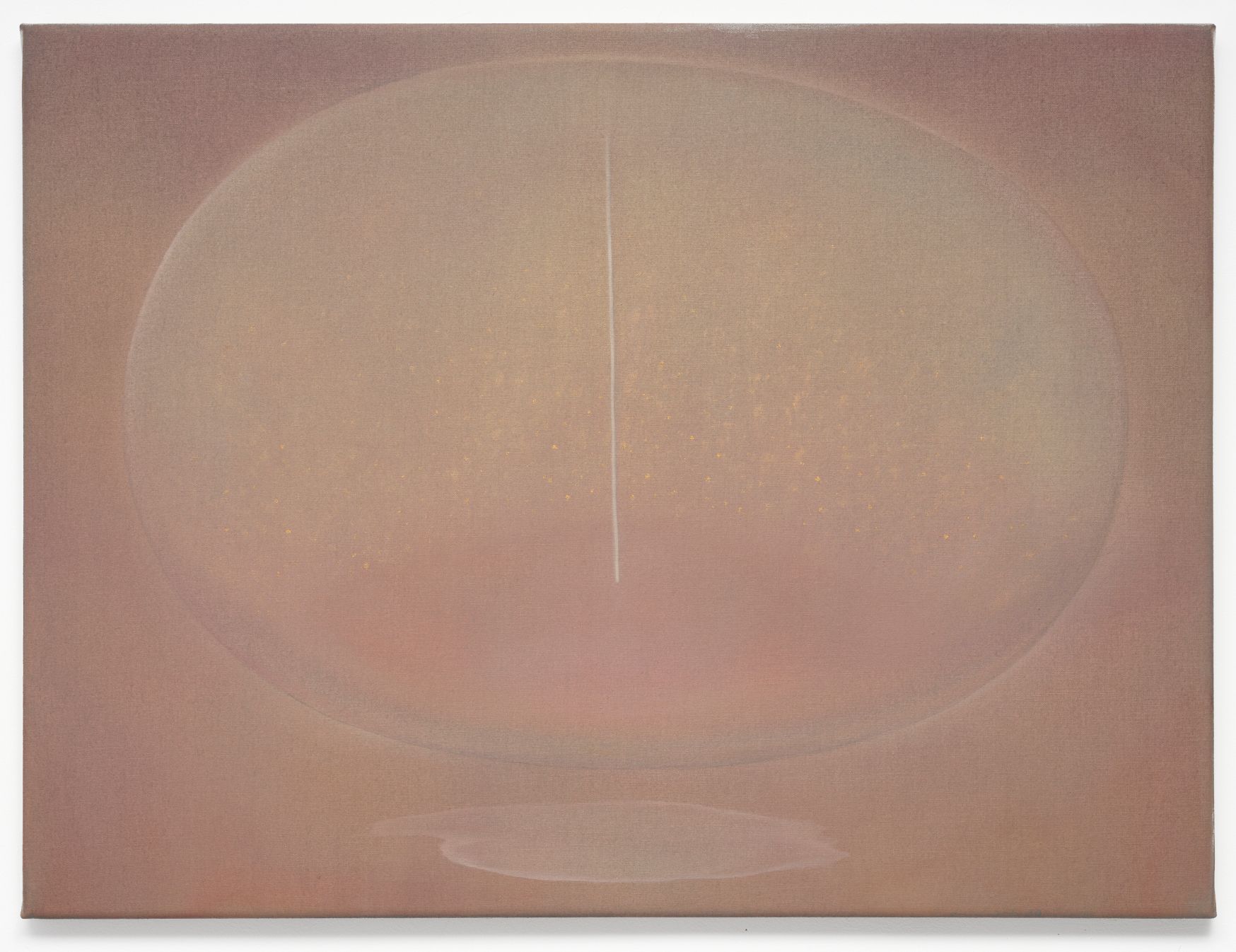
Uncarved Block, Unbleached Silk is the inaugural exhibition of Meeting Point Projects, a new curatorial initiative dedicated to exploring the intersection between art, culture, and cuisine. Conceived by rising talent Matilda Liu, a London-based curator who holds a degree from Central Saint Martins and a Masters from Sotheby’s Institute, the unique programme focuses on a dialogue between creatives from diverse cultural backgrounds, at different stages of careers, and across various disciplines. Exhibiting new works by emerging contemporary artists alongside works from private collections, Meeting Point Projects gathers creative practices that are not usually shown together, expanding the critical contexts in which art can be shown. The first in this series, Uncarved Block, Unbleached Silk, is a multi-disciplinary group exhibition that examines ways with which the traditional Japanese aesthetic concept of Yūgen continues to engage with both Eastern and Western artists and makers today. Yūgen is a Japanese concept adapted from the traditional Chinese term Yōu Xuán 幽玄 – in which Yōu (yu) means slightly hidden, and Xuán (gen) a profound, distant darkness. Across Daoist and Buddhist thought it comes to refer to a deep and obscure space within something that appears plain, but which is full of mystery and emotional complexity. Here Liu introduces four of the artists from the show.
Changpeng Li
Changpeng Li (b.1998, China) is the first emerging artist in the exhibition that I would like to highlight. As one of the most organised, responsive, and methodical artists I’ve had the pleasure to work with, I find Li to be someone who really embodies the sensitivity, self-possessed discipline, and philosophical depth that aligns with the aesthetic concept of Yūgen. A skilled painter with a distinct visual language, Li’s small canvases are characterised by their subtlety and poetic ambience. Reflecting on the how the mindless and incessant consumption of images and media has transformed our way of seeing and experiencing, Li depicts moments of passive observation and narrative ambivalence with a muted palette of ashy lilacs and charcoaled blues. As if each work is a snapshot from a flickering black-and-white film roll, Li’s brushstrokes alternate between loose and suggestive, and clean and meticulous. I find them to be incredible representations of the contemporary experience of viewing images, as one can feel the conflicting push and pull of desperately trying to grasp onto passing moments of meaning and intimacy and of resigning to let go and submit to the irresistible habitual scrolling.

Youyou Wang
Youyou Wang (b.1997, China) is the second artist in the exhibition I want to talk about. If following Western art categorising traditions, Youyou Wang is not technically a ‘Fine Art’ artist because she is a ceramist who specialises in useable Chinese tea wares. However, Wang’s creations are all unique and individually hand-made, backed with enough technical and philosophical foundation that I feel makes them transcend the traditional boundaries between design objects and fine art/sculptures. I’ve commissioned three new tea-ware sets from Wang especially for the exhibition because thematically, tea and tea drinking occupies a significant role in the history of cross-cultural exchange between East and West. Japanese scholar Okakura Kakuzō famously identifies tea in ‘The Book of Tea’ as not only a beverage, but also a cultural bridge that connects and unifies contrasting traditions and philosophies. Its trading has formed diplomatic and eco-political ties between Asia and Europe since the 17 the Century. Everywhere, the act of sitting down and having a cup of tea is a form of ritualistic act that is grounded in contemplation and tranquility. In that sense, tea wares are not just drinking vessels, but symbols of a sort of long-standing, globalised behavioural and philosophical camaraderie between different cultures. I was drawn to Wang’s works immediately because of their striking simplicity and elegance which perfectly embody the Buddhist and Daoist aesthetics of the uncarved block, and unbleached silk. Chinese tea sets are distinguished from Western tea sets in terms of size, and the process of making tea. 功夫茶 (Gongfu Cha) is a strict seven-step ritual that includes gathering utensils, first rinse, to tasting the tea, and reinfusing the tea. The piece-de-resistance of the three sets in the show is 居无竹 / Lost and Found, a 13-piece tea set inspired by a bamboo forest. The glazed soft grass-green cups and water tanks resemble segments of a bamboo stalk. When stacked on top of each other, they form a linear block, which alludes to Bamboos as a symbol of growth and longevity, as well as their resilience of being able to bend and not break in strong winds. There is an understated-ness in these beautiful creations that I think definitely makes them art. A much more elegant and refined alternative to the garish British method of tea bagging in a mug, wouldn’t you think?

Hotaru Tachi
I can’t curate a show on the Japanese concept of ‘Yugen’ without including at least one Japanese artist in the exhibition. Hotaru Tachi (b.1996, Japan) is a Tokyo-based artist who I had the pleasure of showing for the first time in the UK. Tachi’s works are characterised by repurposing every day, used wooden objects or furniture pieces into uncanny ‘paintings’, giving old materials new meaning and contexts. Small, intricate, shadowy, and resembling something of an ancient cultural relic or folk craft, again, they demonstrate the East Asian inclination towards indirectness and emotional ambiguity. I think shadows, melancholy, and negativity are more celebrated in East Asian philosophy than in the West. If you think about the imageries in Abduction of Persephone or Death of Christ, death, grief, and violence in Western art are often used to allude to journey of the soul, its judgment and its eventual salvation. Whereas in Eastern art, the ephemeral nature of life is seen as a natural way of the world, and art is used to capture this profound appreciation of the passing in time and all that is loss, rather than trying to overcome it. I think Tachi’s works show that by focusing on the transformation of the wood from an ornamental container to a sculptural object, as a result of adding and subtracting new elements, the wood itself becomes a dialogue with time and its passing. The slightly surreal features as seen in the fake books in Inside a Bookshelf, 2023 as well as the dangling legs in Dreaming Girl, 2023 also toys with the uncanny, and the mysterious qualities of nature and life.

Woojung Ghil
The fourth and final artist I want to highlight as part of my survey of Buddhist and East Asian philosophic qualities of allusiveness and profound restraint in contemporary art is Woojung Ghil. Ghil’s works are inextricably linked to the Korean concept of ‘Jeongjok’, an emphasis on stillness and silence. Characterized by soft blush tones and blurry edgeless shapes, Ghil’s works on canvas, like Prayer 7, 2024, are self-portraits resulting from a process of intense inner-screening. Visually, Ghil’s works evoke both the meditativeness of Lucas Arruda’s abstract compositions and the minimalist materialism of Dansaekwha – I find them to be incredibly calming and composed, a sense of being in tune with one’s body both spatially and spiritually. In Uncarved Block, Unbleached Silk, Ghil’s painting is displayed next to Antony Gormley’s Small Veer II and Francesca Woodman’s photographs as I wanted to highlight this cross-generation exploration of the body as a site of spiritual and psychological experience. All three artists, even though they are from different cultural backgrounds, and works in completely different mediums, are interested in the metaphysical dimensions of the corporeal. Rather than using the body as a marker for identity or narrative, these works approach the body as anonymous spatial vehicles of contemplation. Through described as ‘self-portraits’, Woojung’s works are never directly about her personal physical body; Gormley’s block work, in homage to Buddhist sculptures in India and China that inspired him, are more like temples of introspection rather than portraits of human physique; Francesca Woodman uses her body as a prop in order to capture the interaction of light with space. In all three instances, rather than representation, there is again a higher emphasis on universal essence, a way to feel and see what is unseen, what is subtle, intangible, and obscure – Yūgen.
Uncarved Block, Unbleached Silk exhibits at Meeting Point Projects, 30 Tottenham Street, Fitzrovia until June 7
Images (top to bottom): Changpeng Li, Vase, 2023, oil on canvas; Youyou Wang, Lost and Found, 2024, 13-piece Stoneware Tea Set; Hotaru Tachi, 言の葉の奥に潜む (Lurking deep within the words), 2023. Pencil on bookshelf, wood; Woojung Ghil, Prayer 7, Oil on canvas.